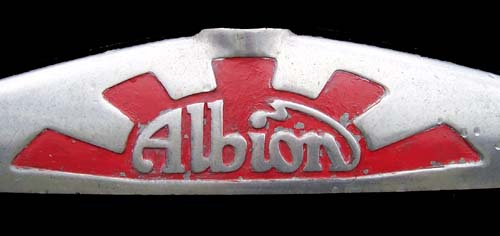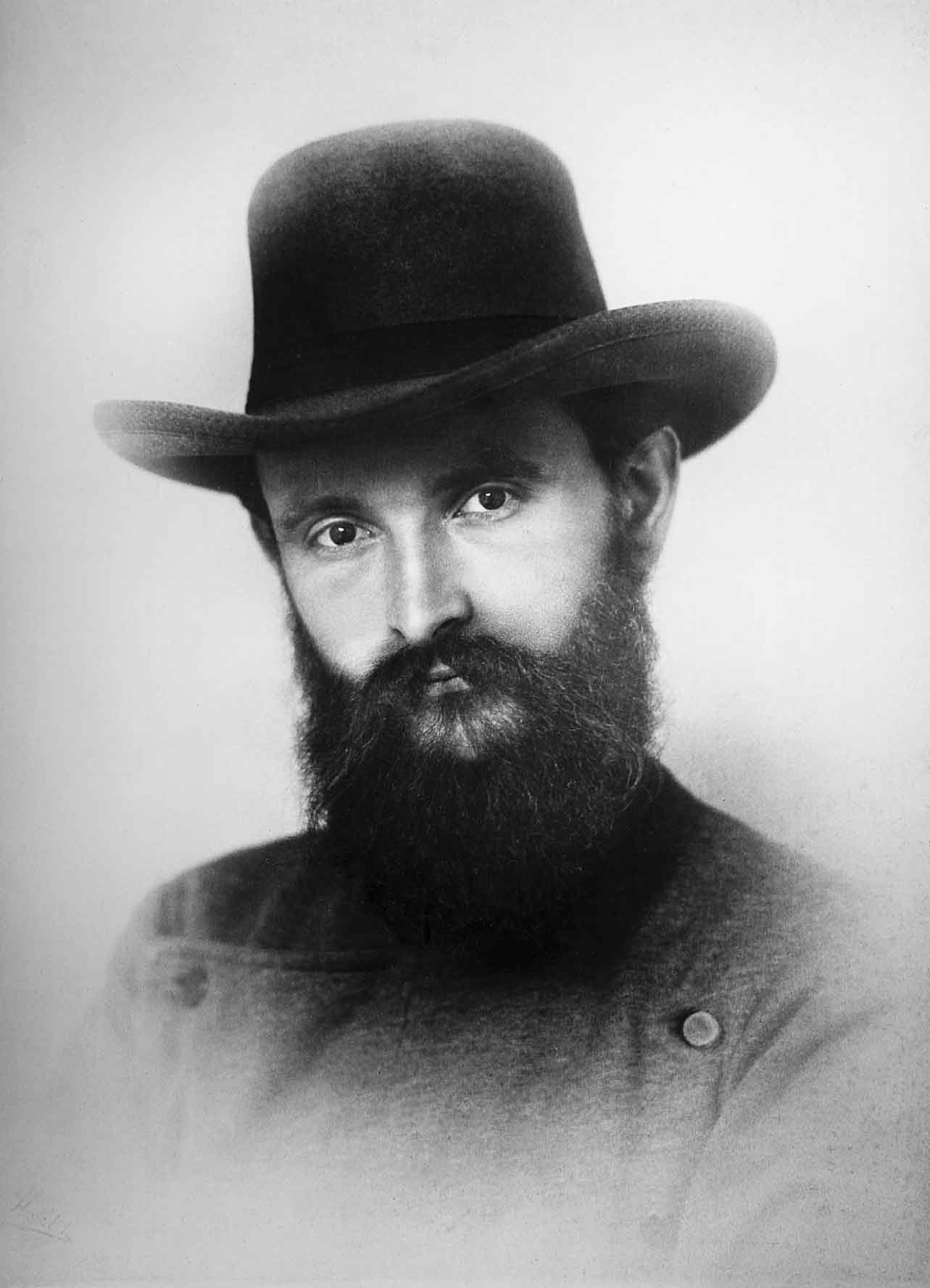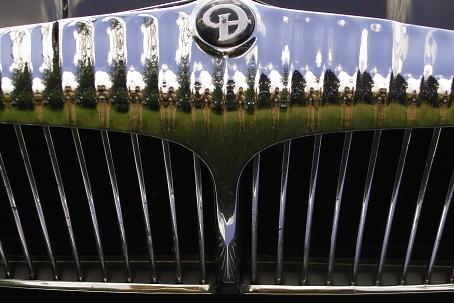|
War Office Subsidy Scheme
In 1900 the War Office formed a Mechanical Transport Committee looking to develop the use of mechanical transport as a way to move troops, equipment and supplies (as an alternative to horse drawn transport). A subsidy scheme - also known as a subvention scheme - was devised where approved vehicles (tested in subsidy trials) bought by civilian owners would be granted a subsidy in exchange for the vehicles being made available in time of war. While the financial details of the scheme were complex and changed over time, the trials and their results both improved the vehicles and engines available for heavy transport, and had an important influence on the vehicles and engines that were made and used during WW1. Similar schemes were operated before WW1 in Germany and France. Early motor trials These early trials of fitness had financial rewards, as well as the resulting commercial benefits. December 1901 - Trials of self-propelled lorries for military purposes, announced in September ... [...More Info...] [...Related Items...] OR: [Wikipedia] [Google] [Baidu] |
War Office
The War Office was a department of the British Government responsible for the administration of the British Army between 1857 and 1964, when its functions were transferred to the new Ministry of Defence (MoD). This article contains text from this source, which is available under th Open Government Licence v3.0 © Crown copyright It was equivalent to the Admiralty, responsible for the Royal Navy (RN), and (much later) the Air Ministry, which oversaw the Royal Air Force (RAF). The name 'War Office' is also given to the former home of the department, located at the junction of Horse Guards Avenue and Whitehall in central London. The landmark building was sold on 1 March 2016 by HM Government for more than £350 million, on a 250 year lease for conversion into a luxury hotel and residential apartments. Prior to 1855, 'War Office' signified the office of the Secretary at War. In the 17th and 18th centuries, a number of independent offices and individuals were re ... [...More Info...] [...Related Items...] OR: [Wikipedia] [Google] [Baidu] |
Dennis Brothers
Dennis Brothers Limited was an English manufacturer of commercial vehicles based in Guildford. It is best remembered as a manufacturer of buses, fire engines and lorries (trucks) and municipal vehicles such as dustcarts. All vehicles were made to order to the customer's requirements and more strongly built than mass production equivalents. Dennis Brothers was Guildford's main employer. Following a decade of financial difficulties the original shareholders sold out in 1972 and Dennis's ownership has since passed through quite a number of hands. History Dennis Brothers was founded in 1895 by brothers John Cawsey Dennis (1871–1939) and (Herbert) Raymond Dennis (1878–1939) who made Speed King bicycles.Wise, David Burgess. "Dennis: Bicycles, Motor Cycles, and Fire Engines", in Ward, Ian, executive editor. ''World of Automobiles'' (London: Orbis, 1974), Volume 5, p.527. They built the bicycles, initially from bought-in parts, and sold them from their shop, The Universal Athle ... [...More Info...] [...Related Items...] OR: [Wikipedia] [Google] [Baidu] |
Crossley Motors
Crossley Motors was an English motor vehicle manufacturer based in Manchester, England. It produced approximately 19,000 cars from 1904 until 1938, 5,500 buses from 1926 until 1958, and 21,000 goods and military vehicles from 1914 to 1945. Crossley Brothers, originally manufacturers of textile machinery and rubber processing plant, began the licensed manufacture of the Otto internal combustion engine before 1880. The firm started car production in 1903, building around 650 vehicles in their first year. The company was established as a division of engine builders Crossley Brothers, but from 1910 became a stand-alone company. Although founded as a car maker, they were major suppliers of vehicles to British Armed Forces during World War I, and in the 1920s moved into bus manufacture. With re-armament in the 1930s, car-making was run down, and stopped completely in 1936. During World War II output was again concentrated on military vehicles. Bus production resumed i ... [...More Info...] [...Related Items...] OR: [Wikipedia] [Google] [Baidu] |
Albion Motors
Albion Motors was a Scottish automobile and commercial vehicle manufacturer. Founded in 1899, Albion Motors was purchased by Leyland Motors in 1951. Vehicles continued to be manufactured under the Albion brand until 1972, after which they continued to be produced, but were sold under the Leyland brand. Vehicle production at the former Albion factory in the Scotstoun area of Glasgow, Scotland, continued until 1980. History Originally known as ''Albion Motor Car Company Ltd'', the company was founded in 1899 by Thomas Blackwood Murray and Norman Osborne Fulton (both of whom had previously been involved in Arrol-Johnston). Murray's father, John Lamb Murray mortgaged the Heavyside estate in Biggar, South Lanarkshire, to provide the initial capital. They were joined a couple of years later by John F Henderson who provided additional capital. The factory was originally on the first floor of a building in Finnieston Street, Glasgow and had only seven employees. In 1903 t ... [...More Info...] [...Related Items...] OR: [Wikipedia] [Google] [Baidu] |
Clément-Talbot
Clément-Talbot Limited was a British motor vehicle manufacturer with its works in Ladbroke Grove, North Kensington, London, founded in 1903. The new business's capital was arranged by Charles Chetwynd-Talbot (whose family name became the brand-name and whose family crest became the trademark), shareholders included automobile manufacturer, Adolphe Clément, along with Baron A. Lucas and Emile Lamberjack,Jean-Émile Lamberjack 1869–1912. Emile and his brother Dominique, whose father ran a restaurant on Paris's rue de Clichy, began by racing bicycles then motorcycles and started exporting French cars. Emile helped establish a Michelin tyre factory in Milton New Jersey. Until the end of the 19th century manufacturers preferred customers to visit the manufacturer's own premises and put down a one-third deposit. Once the flow of buyers became a nuisance they found it necessary to appoint agents. Emile became Fiat's first agent in Paris (his business ultimately became part of Fiat ... [...More Info...] [...Related Items...] OR: [Wikipedia] [Google] [Baidu] |
First Military Vehicle, Guy Motors Ltd
First or 1st is the ordinal form of the number one (#1). First or 1st may also refer to: *World record, specifically the first instance of a particular achievement Arts and media Music * 1$T, American rapper, singer-songwriter, DJ, and record producer Albums * ''1st'' (album), a 1983 album by Streets * ''1st'' (Rasmus EP), a 1995 EP by The Rasmus, frequently identified as a single * '' 1ST'', a 2021 album by SixTones * ''First'' (Baroness EP), an EP by Baroness * ''First'' (Ferlyn G EP), an EP by Ferlyn G * ''First'' (David Gates album), an album by David Gates * ''First'' (O'Bryan album), an album by O'Bryan * ''First'' (Raymond Lam album), an album by Raymond Lam * ''First'', an album by Denise Ho Songs * "First" (Cold War Kids song), a song by Cold War Kids * "First" (Lindsay Lohan song), a song by Lindsay Lohan * "First", a song by Everglow from ''Last Melody'' * "First", a song by Lauren Daigle * "First", a song by Niki & Gabi * "First", a song by Jonas Broth ... [...More Info...] [...Related Items...] OR: [Wikipedia] [Google] [Baidu] |
Ignition Magneto
An ignition magneto, or high-tension magneto, is a magneto that provides current for the ignition system of a spark-ignition engine, such as a petrol engine. It produces pulses of high voltage for the spark plugs. The older term ''tension'' means ''voltage''. The use of ignition magnetos is now confined mainly to engines where there is no other available electrical supply, for example in lawnmowers and chainsaws. It is also widely used in aviation piston engines even though an electrical supply is usually available. In this case, the magneto's self-powered operation is considered to offer increased reliability; in theory, the magneto should continue operation as long as the engine is turning. History Firing the gap of a spark plug, particularly in the combustion chamber of a high-compression engine, requires a greater voltage (or ''higher tension'') than can be achieved by a simple magneto. The ''high-tension magneto'' combines an alternating current magneto generator a ... [...More Info...] [...Related Items...] OR: [Wikipedia] [Google] [Baidu] |
Robert Bosch GmbH
Robert Bosch GmbH (; ), commonly known as Bosch and stylized as BOSCH, is a German multinational engineering and technology company headquartered in Gerlingen, Germany. The company was founded by Robert Bosch in Stuttgart in 1886. Bosch is 92% owned by Robert Bosch Stiftung, a charitable institution. Although the charity is funded by owning the vast majority of shares, it has no voting rights and is involved in health and social causes unrelated to Bosch’s business. Bosch's core operating areas are spread across four business sectors: mobility (hardware and software), consumer goods (including household appliances and power tools), industrial technology (including drive and control) and energy and building technology. History 1886–1920 The company started in a backyard in Stuttgart-West as the ''Werkstätte für Feinmechanik und Elektrotechnik'' (''Workshop for Precision Mechanics and Electrical Engineering'') on 15 November 1886. The next year Bosch presented a low v ... [...More Info...] [...Related Items...] OR: [Wikipedia] [Google] [Baidu] |
Automobile Club Of France
The Automobile Club of France (french: Automobile Club de France, links=no) (ACF) is a men's club founded on November 12, 1895 by Albert de Dion, Paul Meyan, and its first president, the Dutch-born Baron Etienne van Zuylen van Nijevelt. The Automobile Club of France, also known in French as "ACF" or "l'Auto", was initially located near the Paris Opera and benefited from a villa in the Bois de Boulogne. In 1898, the club moved to the exceptional site of the former "Place Louis XV" (currently Place de la Concorde) in order to offer its members more comfort in a prestigious setting. The club still occupies more than 10,000 square meters in the Hotels du Plessis-Bellière and Moreau, both located between the Hôtel de Crillon and the Hôtel de Coislin, where France signed a treaty by which it became the first nation ever to recognize the independence of the United States. The members of the Automobile Club of France enjoy several lounges, a swimming pool, a gym, a library containi ... [...More Info...] [...Related Items...] OR: [Wikipedia] [Google] [Baidu] |
Daimler Company
The Daimler Company Limited ( ), prior to 1910 The Daimler Motor Company Limited, was an independent British motor vehicle manufacturer founded in London by H. J. Lawson in 1896, which set up its manufacturing base in Coventry. The company bought the right to the use of the Daimler name simultaneously from Gottlieb Daimler and Daimler-Motoren-Gesellschaft of Cannstatt, Germany. After early financial difficulty and a reorganisation of the company in 1904, the Daimler Motor Company was purchased by Birmingham Small Arms Company (BSA) in 1910, which also made cars under its own name before the Second World War. In 1933, BSA bought the Lanchester Motor Company and made it a subsidiary of Daimler Company. Daimler was awarded a Royal Warrant to provide cars to the British monarch in 1902; it lost this privilege in the 1950s after being supplanted by Rolls-Royce. Daimler occasionally used alternative technology: the Knight engine which it further developed in the early twenti ... [...More Info...] [...Related Items...] OR: [Wikipedia] [Google] [Baidu] |
AEC Y Type
The AEC Y Type was a British truck built by the Associated Equipment Company (AEC), it saw widespread service with the British Army during the First World War. Design The original Y Type was a 3-ton 4x2 truck powered by a Daimler four-cylinder inline 5,700 cc petrol engine that developed at 1,300 rpm, it drove the rear wheels through a four-speed gearbox, the wheels having solid rubber tyres. The Y Type had an open, canvas covered cab and a fixed side timber body, typical of military cargo vehicles of the period. The YA, introduced in 1917, replaced the Daimler engine with a Tylor four-cylinder inline 7,700 cc petrol engine that developed at 1,300 rpm, the YB introduced a pressed steel frame whilst the YC used a David Brown Ltd. worm-gear final drive. History The Y Type was introduced by AEC in March 1915, it was a lower geared development of AEC's earlier X Type, the latter in turn a development of the company's W Type with heavier duty hubs. Whilst AEC was founded in 191 ... [...More Info...] [...Related Items...] OR: [Wikipedia] [Google] [Baidu] |
Motor Rail
Motor Rail was a British locomotive-building company, originally based in Lewes, Sussex, they moved in 1916 to Bedford. In 1987 loco manufacture ceased, and the business line sold to Alan Keef Ltd of Ross-on-Wye, who continue to provide spares and have built several locomotives to Motor Rail designs. History The origins of the Motor Rail company can be traced back to the patenting of a gearbox by John Dixon Abbott of Eastbourne in 1909 ("Change speed and reversing gearbox suitable for use in motor-trams", UK Patent 18314). In March 1911, he formed The Motor Rail & Tramcar Co Ltd, with his father John Abbott and brother Tom Dixon Abbott. The stated aim of the business was developing the gearbox and incorporating it in tramcars and railcars. At about the same time operations moved to Lewes, Sussex and rented space in the Phoenix Foundry of John Every, where they developed a narrow-gauge rail vehicle around the Dixon-Abbott gearbox using a twin cylinder water-cooled Dorman engin ... [...More Info...] [...Related Items...] OR: [Wikipedia] [Google] [Baidu] |




.jpg)
.jpg)


.jpg)